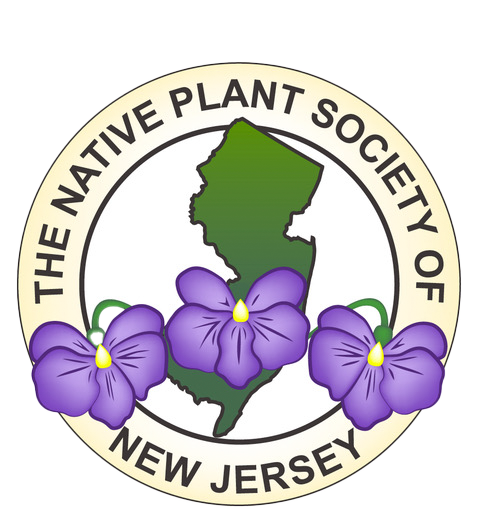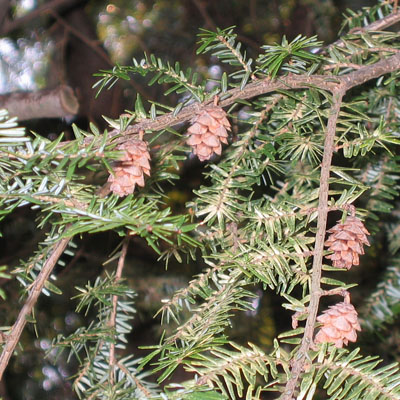Last edited 2019
By Hubert Ling
As explained in the movie “Jurassic Park” contained within the coils of DNA is one of the mightiest powers on earth. Coded with a simple alphabet of A, T, G, and C is the power to kill billions of organisms, change the gas concentration of the atmosphere, and yes even destroy the whole earth with a Nuclear Winter.
By carelessly shifting around organisms, with their awesome genetic potential, we have caused major ecological disasters. Gone is the most important tree in the Northeast, the American Chestnut, our premier landscaping tree, the American Elm, and gone are huge tracts of productive fresh water marsh. Now these marshes frequently contain extensive acreage with monocultures (only one species present) of purple loosestrife or lesser celandine.
Cornell ecologist David Pimentel has estimated that alien species annually cause $138 billion dollars of damage to our US economy; an estimated 50,000 alien species of insects, plants and other pests now crowd our shores. In 2011 alone, the US Department of the Interior will spend $100 million to attempt to alleviate some of the harmful effects of invasives but that amount has done little to control the problem.
The basic problem is that all organisms have been programmed with a reproductive capacity that can easily outstrip all available resources. This humungous genetic potential is generally held in check by competition with dozens if not hundreds of other organisms, which also have the similar genetic potentials. With so much competition, no one organism takes it all; generally each organism takes only a small share of the total resources of land, water, minerals, light etc.
In addition to direct or indirect competition for resources, disease agents control population growth of any one species. If any one organism grows very well, very large populations develop of that one species. These large populations are very susceptible to attack by disease agents, which include fungi, viruses, and bacteria. Disease agents spread rapidly when their hosts grow close together.
Thus, in any community a dynamic balance is maintained, where populations often ebb and surge but monocultures are rare and populations whose numbers have dwindled are under less stress and eventually recover. Native plants in any given area have adapted to all the other organisms in a given area and genetically diverse ecosystems are generally maintained.
A different scenario takes place when an alien species is transported to a new area. Although direct competition with similar species is still a problem, the new kid in the block may have no natural pests and diseases. Thus, large stands of monocultures can occur. It is generally accepted that one plant species will support 10 species of animals. If one species takes over 99% of a given habitat dozens if not hundreds of species are lost from that area and some populations are stressed enough that extinction is possible.
Humans are responsible for almost all of the invasive plant and animal problems. Many of our problem invasives were (and often still are) planted as landscape plants in New Jersey. These include: Norway Maple, Japanese Barberry, Asian Bittersweet, English Ivy, Mimosa, Wisteria, Japanese Honeysuckle, Bugleweed, Bamboo, Day Lily, Purple Loosestrife, Tansy, and Dame’s Rocket.
Only a relatively few commercially important plants such as Teasel, which was used in colonial days to raise the knap on woolen garments and spearmint, show much of a tendency to persist and multiply in the wild. We should probably include in this short list the important pasture clovers: White Sweet, White, and Red as plants which have become so common most people would think that they have been here forever.
Other plants have escaped local and federal projects: Multiflora Rose (previously used as crash barriers along highways, Crown Vetch (still used to stabilize steep hillsides, and Russian and Autumn Olive (used for wildlife habitat support).
We will probably never know how most of the alien plants arrived here. Many may have arrived as contaminating weed seeds along with seed stocks. It is very probable that the following list of plants arrived by that route: Common Mullein, Moth Mullein, Buttercups, Spotted Knapweed, Ox-eye Daisy, Queen Ann’s Lace etc.
This list was first issued in 2003. Since that time the list has doubled! If immediate vigorous action is not taken by almost everyone we will lose the war against invasive plants.
What can you do to help? Plant only native plants! How would you feel if you started a several billion-dollar problem such as Purple Loosestrife? Definitely avoid plants in category 1 – High Risk and category 2 – Moderate Risk and support legislation to restrict these plants. Join the Native Plant society or other conservation groups: New Jersey Invasive Species Strike Team – https://www.fohvos.info/invasive-species-strike-team/, New Jersey Department of Enviroment Protection – Invasive Species Council – https://www.nj.gov/dep/njisc/, National Invasive Species Council – https://www.doi.gov/invasivespecies/, Smithsonian- https://naturalhistory.si.edu/education/teaching-resources/life-science/invasive-species, Nature Conservancy – https://www.nature.org/en-us/.
Listed below are problem invasive plants for NJ. These lists are not complete and we would like additio





 Eastern hemlock, Tsuga canadensis, is our largest eastern evergreen tree. Given good conditions hemlocks can live over 500 years. The record height is 174′ and the largest diameter has been recorded at 5′ 9″. Generally most trees top off at about 100′ with a 2-3′ diameter. The needles are flattened, blunt tipped, and about ½” long. Small trees grow fast and are bushy but they do not make good Christmas trees since they drop their needles quickly. The cones are light brown and petite, only about ¾” so they fit well in miniature Christmas decorations.
Eastern hemlock, Tsuga canadensis, is our largest eastern evergreen tree. Given good conditions hemlocks can live over 500 years. The record height is 174′ and the largest diameter has been recorded at 5′ 9″. Generally most trees top off at about 100′ with a 2-3′ diameter. The needles are flattened, blunt tipped, and about ½” long. Small trees grow fast and are bushy but they do not make good Christmas trees since they drop their needles quickly. The cones are light brown and petite, only about ¾” so they fit well in miniature Christmas decorations.